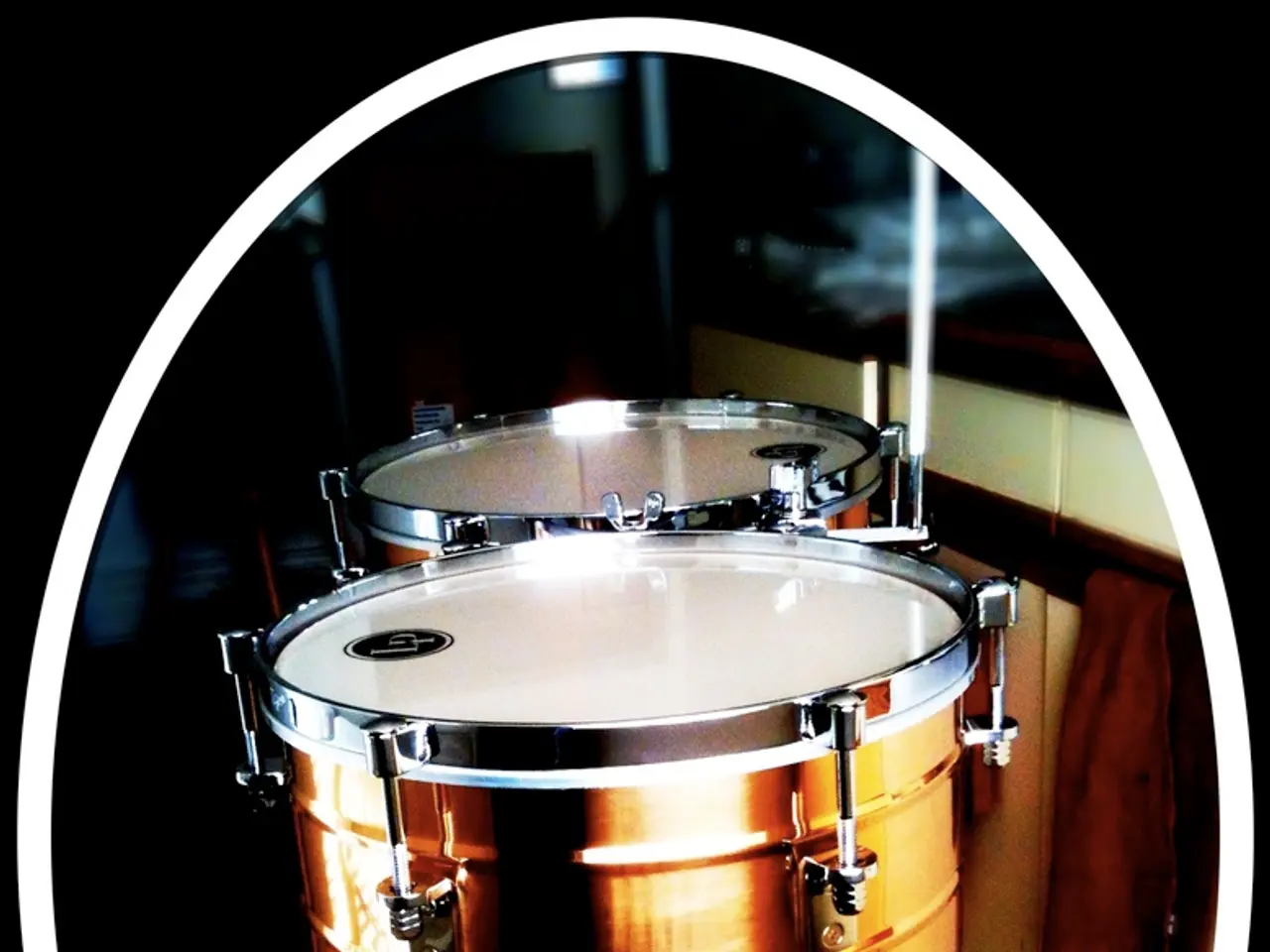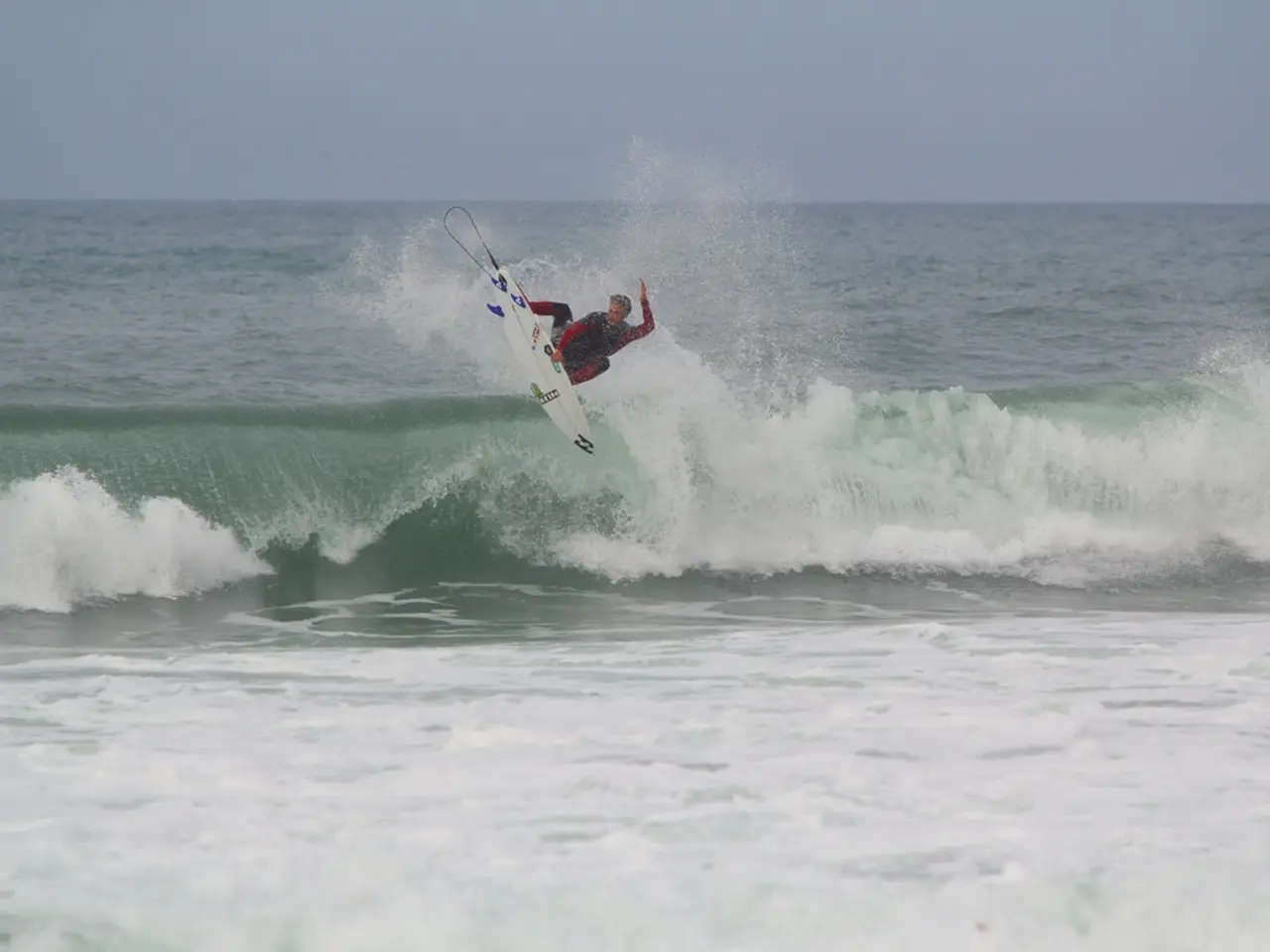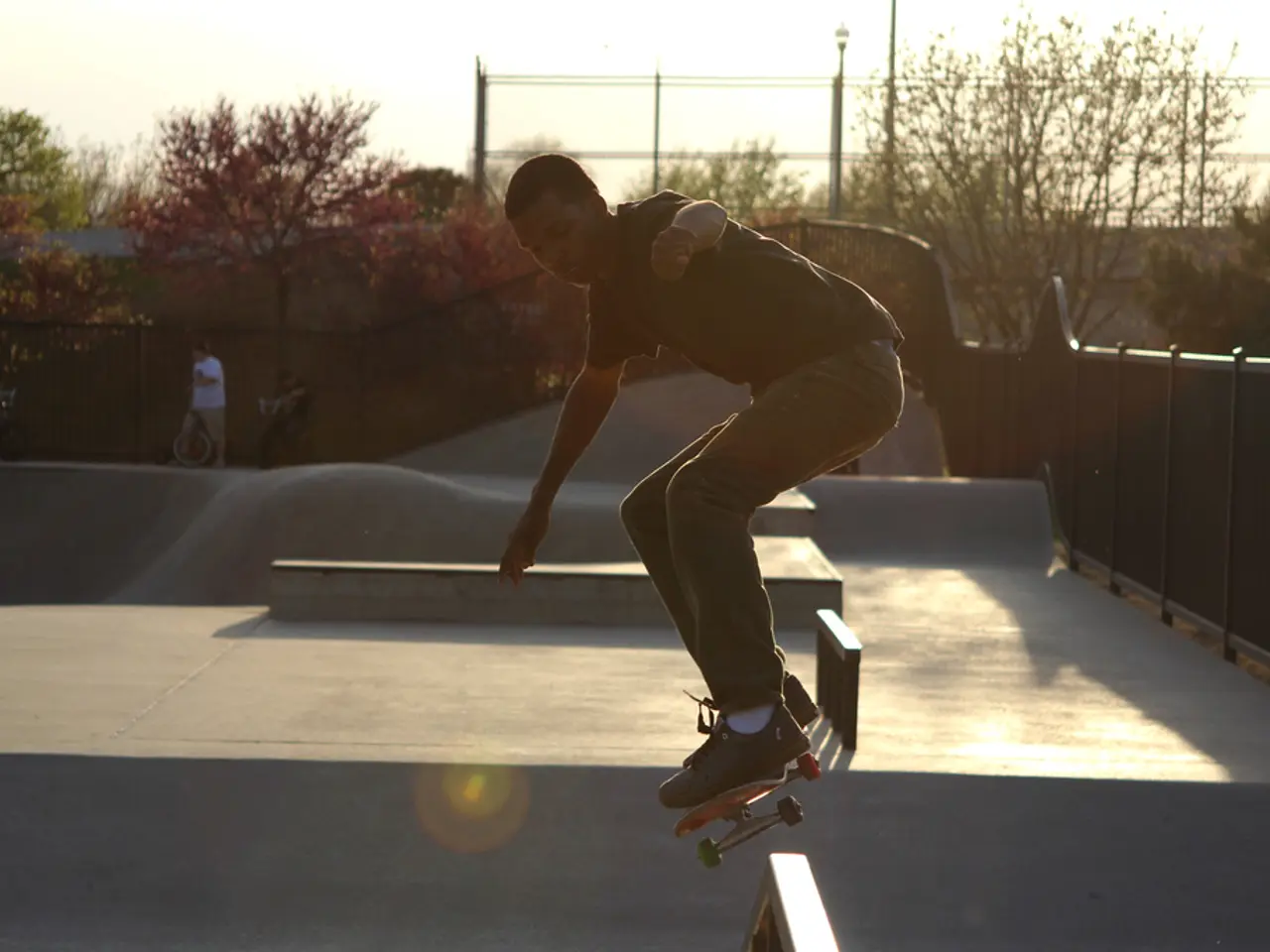Dynamic Fluctuations and Regenerations in Electronic Dance Music Composition
In the world of Electronic Dance Music (EDM), the drop is a crucial element that captivates listeners and sets the dancefloor ablaze. By understanding and mastering the principles of tension and release, producers can craft drops that are both impactful and memorable.
Leveraging Build-ups and Drops
A well-structured build-up is the foundation of a powerful drop. Gradually increasing energy through rising melodies, filter sweeps, and rhythmic complexity creates tension that is released suddenly with a precise drop, often aligned to a powerful beat or bassline. Timing the drop on a phrase boundary enhances its impact [1].
Using Chord Progressions and Harmonies
Employing chord progressions that evoke tension and release, such as I–V–vi–IV or ii–V–I, alongside extended or suspended chords (7th, 9th chords) and key modulations, creates emotional anticipation that makes drops feel more satisfying [2].
Rhythmic Foundation and Bass Patterns
Establishing a compelling rhythmic base with 4/4 kick drums, snares/claps, hi-hats, and syncopated or rolling basslines builds momentum, priming listeners for the drop [2].
Creative Effects and Filtering
Using EQ and filter sweeps (high-pass or low-pass) to gradually remove or add frequencies increases tension before the drop. Effects like reverb, delay, or subtle noise risers can heighten anticipation [3][4].
Precise Phrasing and Timing
Aligning transitions so that the drop lands exactly where the build-up’s climax would occur, often on the downbeat of a new phrase (the "one"), creates a natural feeling of release and surprise [1].
Mixing Techniques in Live or Recorded Sets
DJs often mix the build-up of one track into the drop of another to maintain energy and create euphoric moments. Quick cuts or creative looping can amplify the impact of drops by controlling listener expectations and dynamics [1].
Genre-Specific Techniques
Trance Music
Trance music places a strong focus on melodic build-ups and emotional release. The drop often reintroduces a powerful lead melody with full percussion, creating a euphoric sense of resolution [5].
Tech House
Drops in tech house tend to be groove-focused rather than explosive, relying on bassline movement and percussion to deliver energy. Tension is often built through subtle changes in rhythm and groove rather than dramatic build-ups [5].
Future Bass and Melodic EDM
Future Bass and Melodic EDM rely on lush chords, vocal chops, and detailed sound design to build tension. The release often brings in bright synths, wide stereo elements, and sidechained pads, delivering a sense of openness and emotional resolution [5].
Progressive House
In progressive house, tension builds slowly over time with layered synths, filtered percussion, and dynamic chord shifts. The drop often focuses on emotional release and space, rather than raw impact [5].
Dubstep or Trap-influenced Bass Music
In genres like dubstep or trap-influenced bass music, tension builds through heavy sound design, complex drum patterns, and glitch effects. Contrast is used in the drop for maximum impact, often through the reintroduction of full frequency and groove [6].
Tools for Building Tension
DAWs offer powerful automation and macro tools for smooth tension-building transitions. Using filter and EQ automation adds movement and makes the drop more dramatic when full frequencies return [5]. Multiband compressors help control energy across frequency ranges during builds and drops [6].
The Role of the Drop
The drop is the payoff to the build-up, delivering on the anticipation built and defining the identity of the track. To make the drop feel larger than life, use spatial effects like stereo widening, reverb bursts, or delay trails [6].
In conclusion, mastering the art of tension and release is key to creating memorable drops in electronic dance music. By understanding and employing the techniques discussed above, producers can craft drops that captivate audiences and leave a lasting impression.
[1] The Science of the Drop: Building Anticipation in Dance Music
[2] How to Write a Killer Drop: A Guide for Producers
[3] Creating Tension and Release in Music: A Guide
[4] The Power of the Drop: Understanding Dynamic Build-ups in Dance Music
[5] The Drop: A Guide to Creating Memorable Moments in Electronic Music
[6] The Art of Dubstep: Building Tension and Release
In the realm of electronic music production, the implementation of intricate chord progressions emulating tension and release, like I–V–vi–IV or ii–V–I, harmoniously complements the structure of a powerful drop.
Crafting a captivating build-up within tech house relies on a compelling rhythmic foundation built with 4/4 kick drums, syncopated or rolling basslines, and subtle changes in rhythm and groove to effectively lead towards the groove-focused drop.








